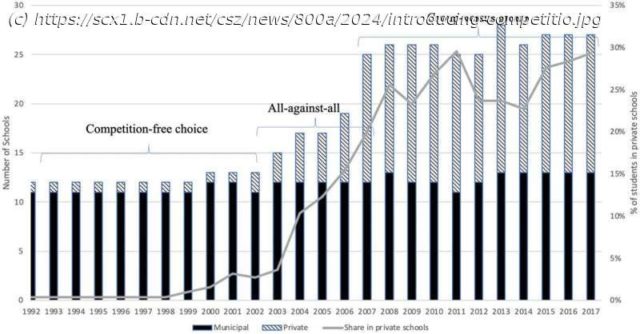After the introduction of the freedom to choose between upper secondary schools in 1992, it took nearly 10 years for upper secondary school heads in a municipality to start seeing themselves as competitors for school students. Any analysis of change from a later perspective needs to bear in mind that a transition of this kind takes a good deal of organizing, costs a lot of money and takes many years to become established.
After the introduction of the freedom to choose between upper secondary schools in 1992, it took nearly 10 years for upper secondary school heads in a municipality to start seeing themselves as competitors for school students. Any analysis of change from a later perspective needs to bear in mind that a transition of this kind takes a good deal of organizing, costs a lot of money and takes many years to become established.
This is shown by a new study of the introduction of competition between upper secondary schools, published in the journal Socio-Economic Review.
„It was surprising that it took such a long time for a reform to promote competition to take effect. In the municipality we studied it took roughly ten years. We had expected it would be a matter of a couple of years at the most,“ says Stefan Arora-Jonsson, Professor of Business Studies at Uppsala University, one of the authors behind the study.
Start
United States
USA — IT Introducing competition between schools involves a lot of work and major costs,...






